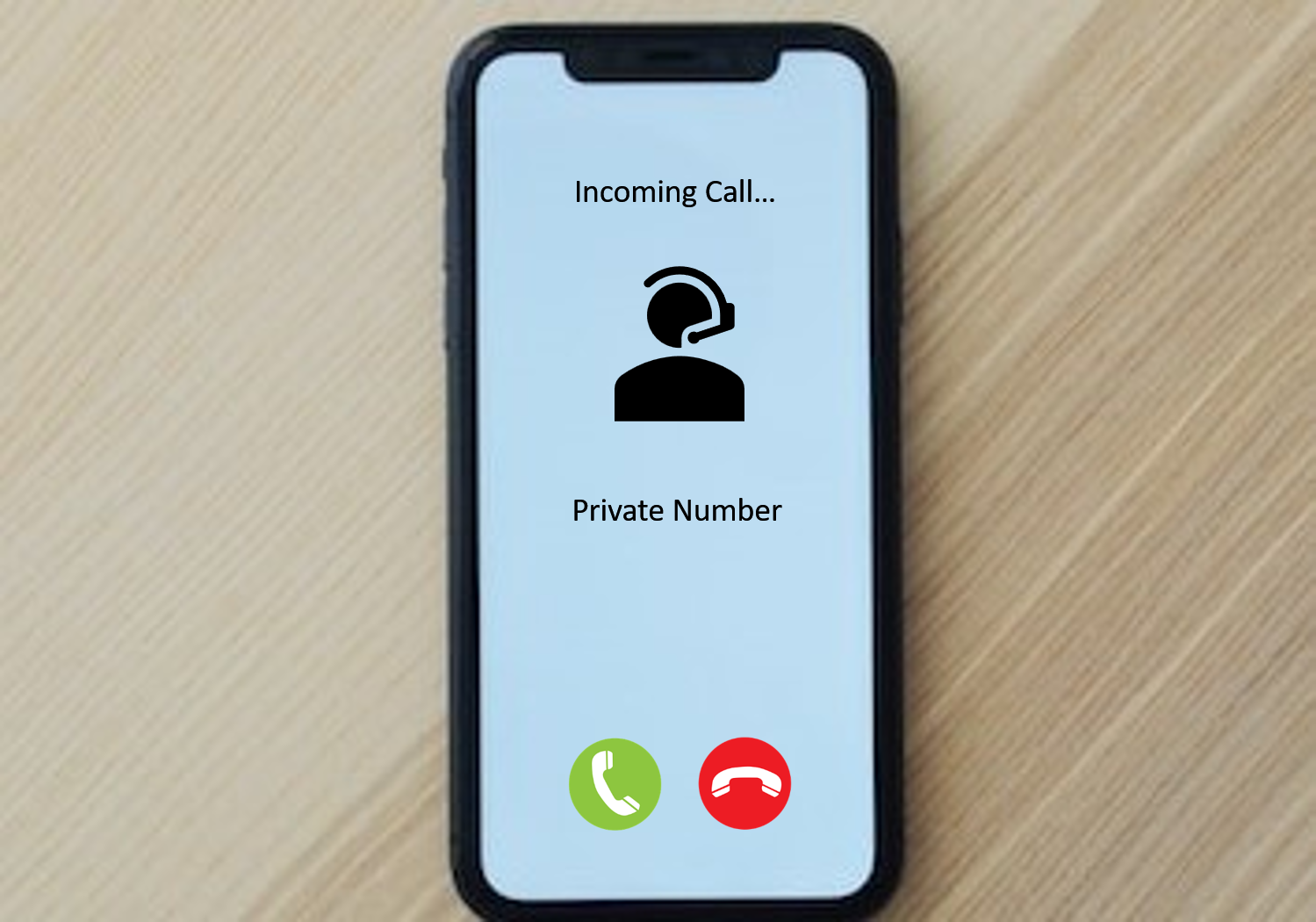Make Your Phone Number as Private Number
#TECH!NMG
#info #tech

How to Make Your Number Private
Managing your caller ID settings is essential for ensuring privacy during phone calls. Here’s how you can make your number appear as "Private" using USSD codes and phone settings. This guide also includes steps to check and deactivate this feature, along with important cautions.1. Using USSD Codes
Make Your Number Private, Here working Only in the Following Network Carriers :
- Activate Private Number for a Single Call:
-
Dial:
#31#<Phone Number> -
Example: To call 0712345678, dial
#31#0712345678. - Result: Your number will appear as "Private" or "Unknown" to the recipient for this specific call.
- Activate Private Number for All Calls:
-
Dial:
*31#to hide your number for all outgoing calls.
Check Your Caller ID Status
- Check Current Setting:
-
Dial:
*#31# - Result: This code will display your current caller ID status, showing whether your number is hidden or shown.
Deactivate Private Number
- Deactivate for All Calls:
-
Dial:
#31#to show your number for all outgoing calls. - Reset to Default: Dialing this code will reset your caller ID settings, making your number visible again.
2. Using Phone Settings
On Android
- Open the Phone App: Go to the dialer app on your Android device.
- Access Settings: Tap the three-dot menu (usually found at the top right corner). Select Settings or Call Settings.
- Navigate to Caller ID: Go to Additional Settings or More Settings. Select Caller ID.
- Hide Number: Choose Hide Number to make your calls appear as "Private."
- Show Number: Select Show Number to display your number on outgoing calls.
On iPhone
- Open Settings: Go to the Settings app on your iPhone.
- Phone Settings: Scroll down and tap Phone.
- Show My Caller ID: Tap Show My Caller ID.
- Toggle Off: Turn off the toggle to hide your number for outgoing calls.
- Toggle On: Turn on the toggle to make your number visible again.
3. Cautions for Users
- Emergency Calls: Your number might still be visible to emergency services (e.g., 911, 112), as they need contact information for safety purposes.
- Legal and Ethical Considerations: Hiding your caller ID may be subject to legal restrictions or carrier policies. Check your local regulations to ensure compliance.
- Blocked or Ignored Calls: Some people may block or ignore calls from "Private Numbers," assuming they're spam or telemarketing calls.
- Inconsistency Across Networks: Not all networks support hiding caller ID, and some advanced systems might still reveal your number. Test your settings with different numbers and networks.
- Provider-Specific Limitations: Some network providers may require special plans or permissions to hide caller ID, especially for business accounts.
- Billing and Tracking: Calls made with a hidden ID may still be logged in billing records or call history. Ensure you're aware of how your carrier handles this data.
By following these instructions, you can effectively manage your caller ID settings to maintain privacy when needed. Always use these features responsibly and be mindful of any legal and practical implications.
Click Here to Go to nmgAIWhat are your thoughts on this? Share your comments in the section below and don’t forget to subscribe for more #InfoTech updates.
Welcome back to our site! Here, you can find everything related to technology, focusing on #AI & #ML. Explore and enhance your tech knowledge as it plays a pivotal role in our present. Stay connected with us on Facebook (@NurdinMohamed), Instagram (@nurdin_mohamedtz), and Twitter (@nurdinmohamedtz). For updates, visit #TECHCITY at muziktz.blogspot.com. Don’t forget to subscribe to our YouTube channel, #NurdinTV.

No comments